Table of content
Bao Gong fish, a dish steeped in Chinese culinary history, offers a tantalizing blend of flavor, texture, and cultural significance. Named after the legendary Song Dynasty official Bao Zheng—a figure revered for his integrity and judicial wisdom—this dish transcends mere sustenance to become a symbol of heritage. To truly appreciate Bao Gong fish, one must delve into its origins, master its preparation, and understand the nuances that elevate it from a meal to an experience. This article explores the multifaceted world of Bao Gong fish, from its historical roots to modern-day adaptations, ensuring both connoisseurs and newcomers alike can savor its essence.
The Legend and Legacy of Bao Gong Fish
The story of Bao Gong fish begins in Anhui Province, where local folklore intertwines with gastronomy. Bao Zheng, often called “Bao Gong” (Judge Bao), was a minister renowned for his unwavering commitment to justice. Legend has it that during his tenure, he frequently traveled incognito to gauge public sentiment. On one such journey, he encountered a humble tavern where the chef prepared a braised fish dish so exquisite that it left a lasting impression. The dish, later named in his honor, became a staple in Anhui cuisine, symbolizing the harmony between simplicity and sophistication.
Today, Bao Gong fish is celebrated not just for its taste but also for its role in preserving cultural memory. Each bite pays homage to a bygone era, where food was a language of respect and tradition. The dish’s enduring popularity underscores its ability to bridge generations, with families passing down recipes and techniques as cherished heirlooms.
Anatomy of the Dish: Ingredients and Philosophy
At its core, Bao Gong fish is a study in contrasts—tender fish meat enveloped in a rich, aromatic sauce, balanced by the freshness of garnishes. The choice of fish is paramount. Traditional recipes favor carp, prized for its firm flesh and ability to absorb flavors without disintegrating. However, modern adaptations may use sea bass, snapper, or even catfish, depending on regional availability and personal preference.
The braising liquid, often referred to as the “soul” of the dish, combines soy sauce, vinegar, sugar, ginger, garlic, and Shaoxing wine. This mixture creates a symphony of umami, sweetness, and tang, with each ingredient playing a distinct role. Soy sauce provides depth, vinegar adds brightness, sugar caramelizes for complexity, and wine imparts a subtle fragrance. Star anise, cinnamon, and dried chilies may also make appearances, adding layers of warmth and spice.
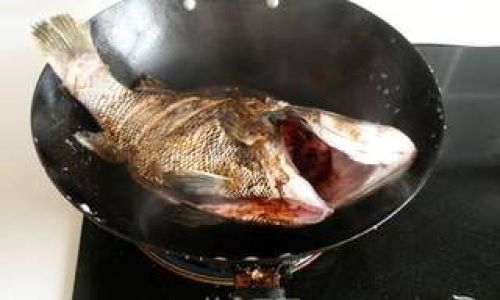
The philosophy behind Bao Gong fish lies in its duality: it is both humble and refined. Unlike elaborate banquet dishes, it requires minimal ingredients yet demands precision. The cooking process—marinating, searing, braising, and reducing—transforms simple components into a masterpiece, embodying the Chinese culinary ideal of hao chi bu yao hua (“delicious food need not be fancy”).
Mastering the Preparation: Step-by-Step Guide
Selecting and Cleaning the Fish
The journey begins with selecting a fresh, lively fish. Look for clear eyes, shiny skin, and a mild oceanic scent. Scale the fish, remove the gills and internal organs, and rinse thoroughly under cold water. Some chefs make shallow diagonal slits on both sides to ensure even cooking and flavor penetration.
Marinating for Depth
Marinating is crucial to infuse the fish with flavor. Combine light soy sauce, rice wine, ginger slices, and a pinch of salt. Coat the fish evenly and let it rest for 20–30 minutes. This step not only seasons the meat but also helps firm its texture.
Searing for Texture
Heat a wok or skillet over high heat until smoking. Add oil (peanut or vegetable) and sear the fish until golden brown on both sides. This step seals in juices and creates a caramelized crust, adding textural contrast to the tender flesh.
Braising: The Heart of the Dish
Reduce the heat to medium and remove excess oil, leaving just enough to sauté aromatics. Add minced garlic, ginger, and dried chilies (if using), stirring until fragrant. Deglaze the pan with Shaoxing wine, scraping up any browned bits. Return the fish to the wok and pour in the braising liquid—a mixture of dark soy sauce, vinegar, sugar, and water. Bring to a simmer, then cover and braise for 15–20 minutes, basting occasionally.
Reducing and Glazing
Once the fish is cooked through, transfer it to a serving platter. Increase the heat and reduce the braising liquid until it thickens into a glossy glaze. Pour this over the fish, ensuring every crevice is coated.
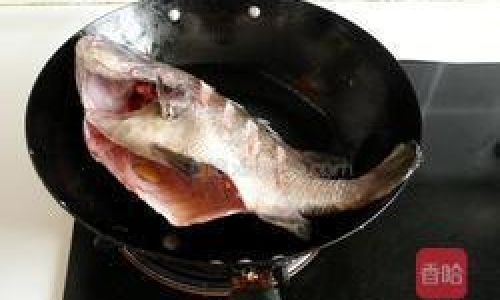
Garnishing and Presentation
Sprinkle with fresh cilantro, scallions, or sesame seeds for a pop of color and freshness. Some variations include a final drizzle of chili oil or a sprinkle of Sichuan peppercorns for added complexity.
Regional Variations: A Tapestry of Flavors
While the classic Anhui-style Bao Gong fish remains the gold standard, regional adaptations showcase China’s culinary diversity:
- Sichuan Twist: Infused with doubanjiang (fermented broad bean paste) and Sichuan peppercorns, this version adds a麻辣 (má là) kick, balancing heat with numbing spice.
- Cantonese Elegance: Lighter on soy sauce, with a focus on the fish’s natural flavor. Often served with a side of steamed vegetables.
- Shanghai-Inspired: Sweetened with rock sugar and enhanced with Shaoxing wine, creating a rich, caramelized glaze.
- Modern Fusion: Some chefs experiment with black bean sauce, lemon zest, or even a touch of honey, catering to contemporary palates.
The Ritual of Eating Bao Gong Fish
Bao Gong fish is more than a meal—it’s a ritual. Diners traditionally use chopsticks to gently peel back the flesh, revealing the tender meat beneath the crispy skin. The sauce, a harmonious blend of sweet, salty, and sour, is mopped up with steamed rice or slurped directly from the plate. In some households, the fish’s eyes are reserved for the eldest member as a sign of respect, while the tail is given to the youngest, symbolizing agility and wisdom.
Health Benefits and Nutritional Profile
Beyond its cultural significance, Bao Gong fish offers notable health benefits. Fish, a lean protein source, is rich in omega-3 fatty acids, which support heart and brain health. The braising process retains more nutrients compared to frying, while the sauce’s vinegar aids digestion. However, moderation is key due to the dish’s sodium content.
Pairing Suggestions: Elevating the Experience
To complement Bao Gong fish’s robust flavors, consider:
- Wine: A light-bodied Riesling or Gewürztraminer cuts through the richness, while a medium-bodied red like Pinot Noir adds complexity.
- Tea: Chrysanthemum or jasmine tea cleanses the palate between bites.
- Sides: Stir-fried bok choy, garlic spinach, or pickled vegetables provide a refreshing contrast.
Common Pitfalls and How to Avoid Them
Even seasoned cooks may stumble when preparing Bao Gong fish. Common mistakes include:
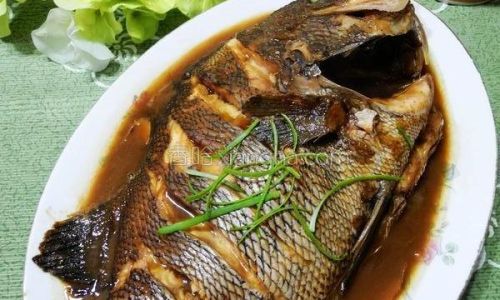
- Overcooking the Fish: Resulting in dry, flaky meat. Solution: Monitor braising time closely and use a thermometer to ensure the internal temperature reaches 145°F (63°C).
- Overly Salty Sauce: Balance with a touch of sugar or vinegar.
- Lack of Color: Ensure the fish is seared properly to achieve a golden crust.
- Inconsistent Marinating: Use a zip-top bag to coat the fish evenly.
Bao Gong Fish in Modern Cuisine
In recent years, Bao Gong fish has transcended its Anhui origins to become a global sensation. Chefs worldwide reinterpret the dish, incorporating local ingredients like miso, lemongrass, or even chocolate (in avant-garde tasting menus). Food trucks and fusion restaurants now serve Bao Gong fish tacos, sliders, and even sushi rolls, proving its adaptability.
Conclusion: A Dish That Transcends Time
Bao Gong fish is a testament to the enduring power of culinary tradition. From its humble beginnings in a riverside tavern to its presence on Michelin-starred menus, it remains a bridge between past and present. Whether enjoyed in a bustling Beijing night market or a quiet home kitchen, this dish invites diners to savor not just its flavors but the stories woven into every bite. As Bao Zheng once said, “Let justice be done though the heavens fall”—a sentiment echoed in every meticulously prepared plate of Bao Gong fish, where integrity and flavor go hand in hand.
In a world of fleeting trends, Bao Gong fish stands as a reminder that some pleasures are timeless. So the next time you encounter this dish, take a moment to appreciate the craftsmanship, history, and love poured into each layer. After all, in the words of the ancient sages, “To eat is to live, but to eat well is to live fully.”
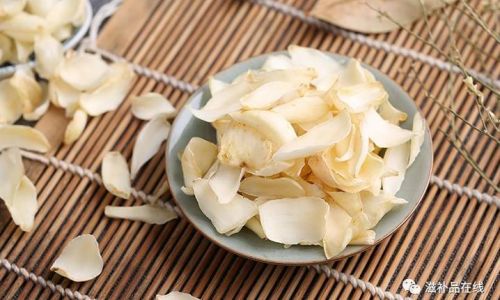
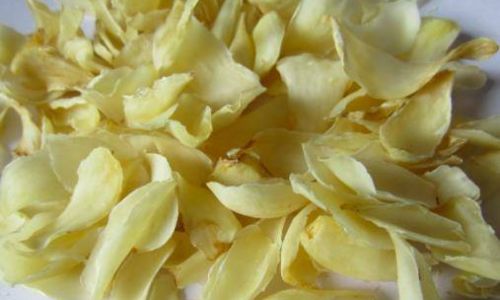
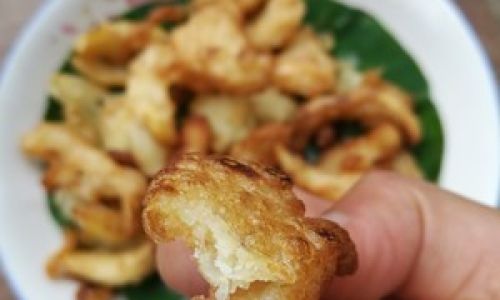
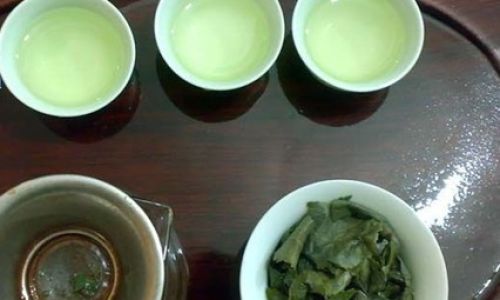
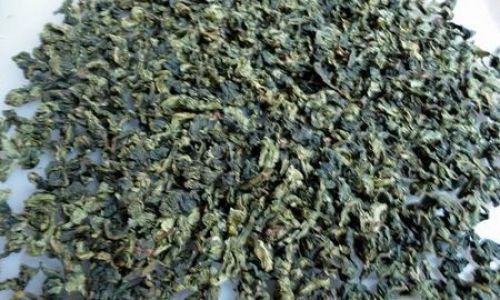
0 comments